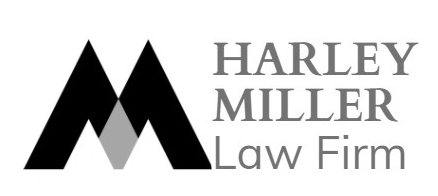Question:
Because we used to operate as a dealer for Nissan, we imported parts from this brand. In 2012, our company switched to selling and repairing Chevrolet vehicles. Therefore, from that time onwards, Nissan parts were sold slowly and became stagnant. Currently, the company has set aside reserves for the full value of these items, but they have not been sold, and they have become obsolete, damaged, and significantly deformed. The total value is approximately 318 million VND. Right now, our company wants to deal with these items to reduce inventory. How should I handle this?
Answer:
-Based on Point 4, Article 4 of Circular No. 48/2019/TT-BTC dated August 8, 2019, issued by the Ministry of Finance, which provides guidance on the establishment and handling of provisions for reducing the value of inventory, losses on investments, bad debts, and warranty for products, goods, services, and construction works at enterprises, it stipulates the handling of inventory that has had provisions set aside as follows: In cases where inventory is affected by natural disasters, epidemics, fires, damage, obsolescence, technological obsolescence, or obsolescence due to changes in the natural biological process, expiration of use, and no longer has usable value, it must be disposed of or liquidated.
– Regarding the authority to handle inventory for which provisions have been set aside, the company should follow the instructions at point c, Article 4, of Circular No. 48/2019/TT-BTC issued by the Ministry of Finance.
– After the company makes a decision on handling, the actual loss value of the inventory that cannot be recovered should be offset by the provision for reducing the value of inventory, and the difference should be recognized as the cost of goods sold by the company.





